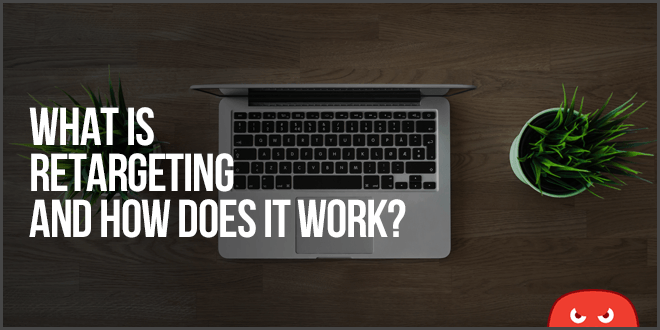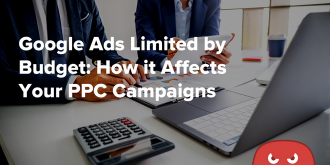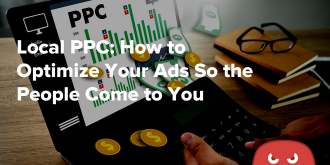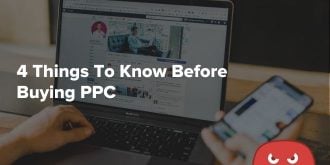Quick Links
You probably spend a lot of energy and money to get traffic to your website.
Hoping & praying that each visitor will have the best experience and opt-in as a lead or make a purchase.
…But there are still a lot of people that are leaving without taking any action!
In fact, according to semrush, the average bounce rate is 49%.
Now, don’t get so down on yourself because not every website connects with the consumer on the first visit.
Statistics show it takes 6-8 touches before someone purchases.
Wouldn’t it be nice to be able to follow up with all those people that didn’t purchase… automatically?
This is where remarketing comes in, and it’s one of the most powerful ways to bring back your visitors!
In this article, we’re going to dive into exactly what remarketing is, the benefits, best practices, and how to set it up for your business!
What Is Retargeting?
Retargeting is a form of advertising that allows you to target & display advertising to people who have already visited pages of your website.
To best explain it, we put together a flow chart to show you the average user’s journey when using remarketing.
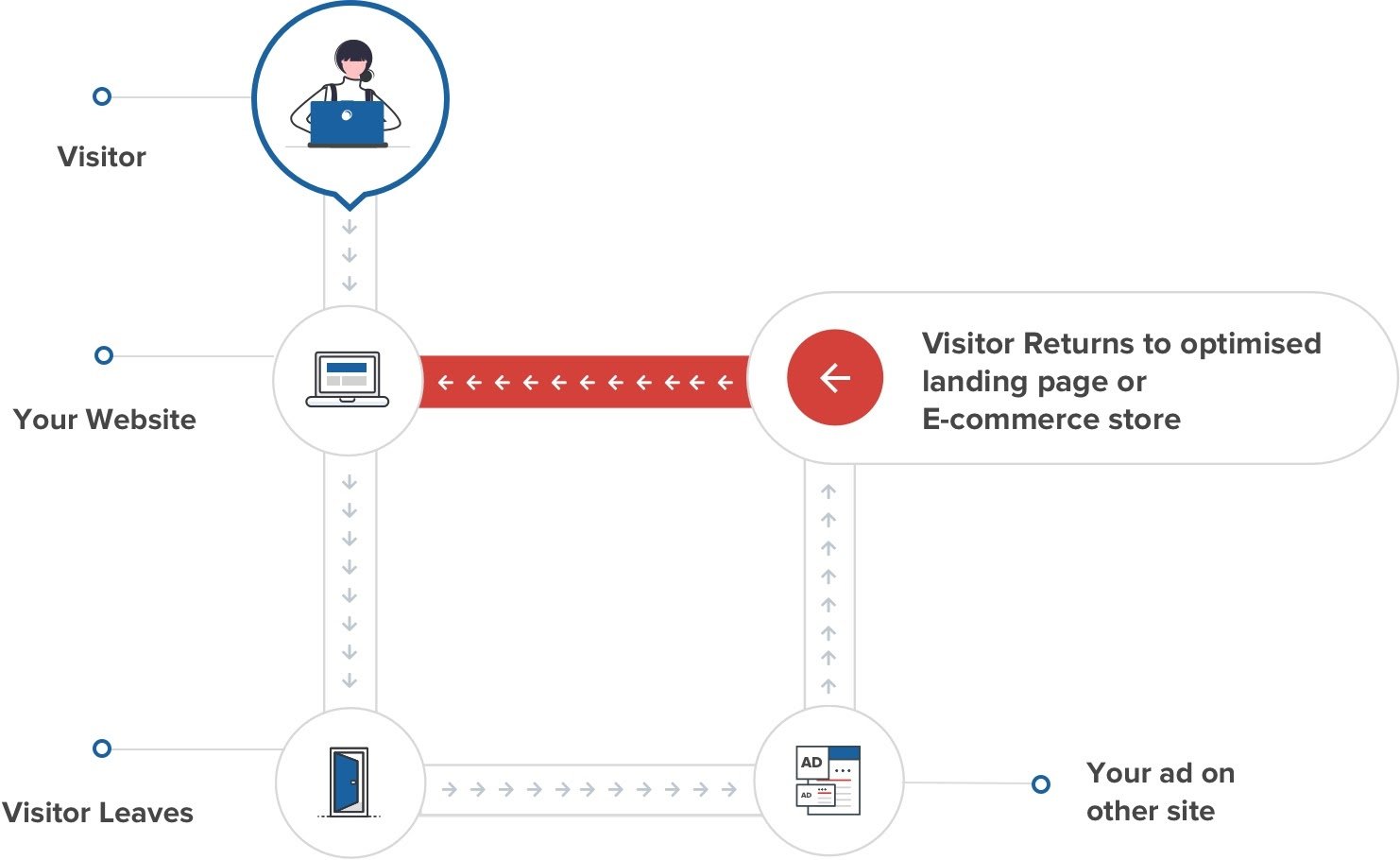
Once that visitor leaves, then we have a specific ad that reconnects with the users to bring them back to a dedicated landing page or our e-commerce store.
We do this to promote and keep them focused on taking action.
Remarketing Ad Examples
While you can actually run remarketing campaigns with lots of ad types, the most common is display ads.
For example, I use SEMRush as a research tool and recently visited their website.
When I go to Buzzfeed.com, I see that I’m being targeted with SEMRush ads. This isn’t because SEMrush is running ads on BuzzFeed directly, it’s because I’m specifically being retargeted.
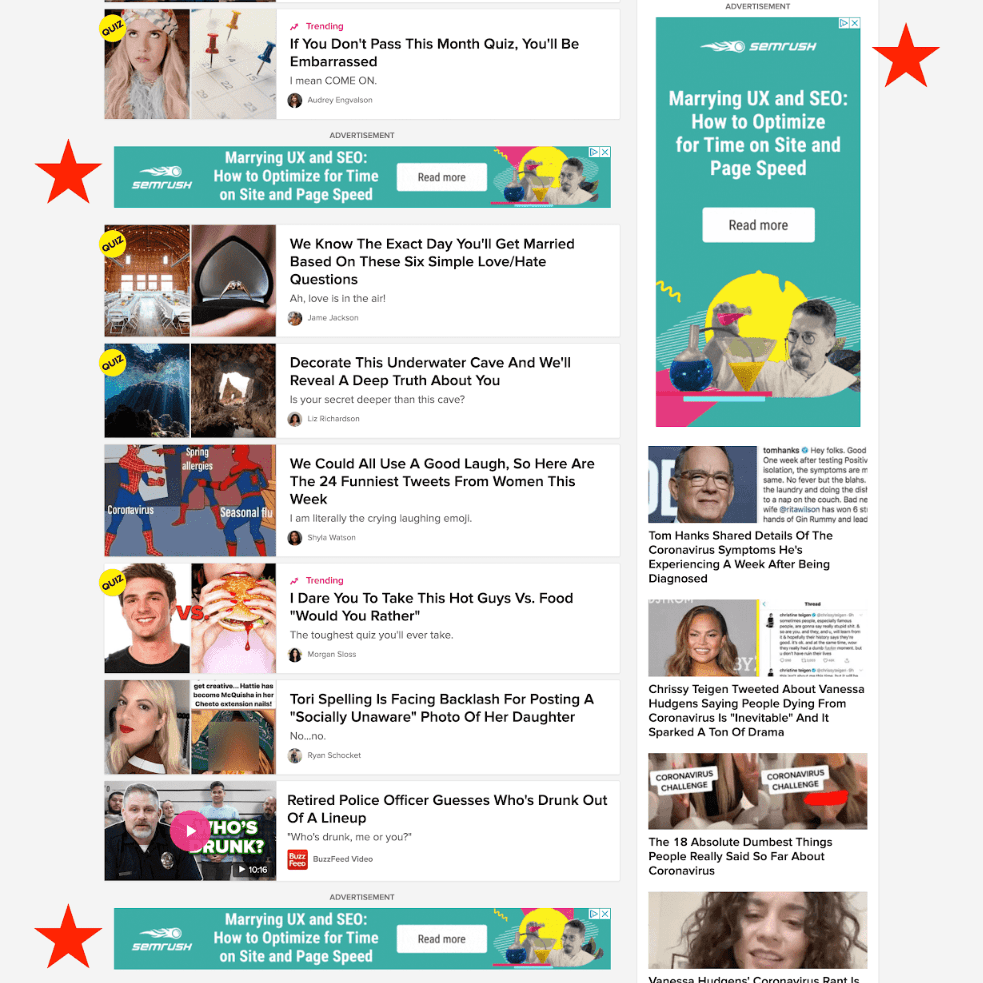
Now we know what remarketing is and what these ads can look like.
Let’s dive into how your business can benefit from remarketing advertising.
Benefits of Retargeting
There is an endless number of benefits to using retargeting in your marketing campaigns, but today I will be explaining three benefits that I feel are the most impactful.
Engaging With Past Visitors
Without remarketing, it is like you not following up with a lead that inquired about your service.
Would you allow that to happen?
So, why do it with your website traffic that you have worked so hard to get to let them bounce off and become a customer of one of your competitors?
Remarketing ads allow you to showcase your product or service 24/7 and nurture past visitors without you lifting a finger.
These are highly qualified customers since they’ve already seen your website, so we want to make sure we’re capturing people that weren’t convinced on the first visit!
Reduced CPC (Cost Per Click)
Here at The HOTH we managed hundreds of thousands of dollars for clients each month on Google Ads.
The biggest question we get is “How can we reduce our CPC?”
You wouldn’t want to pay more for a click than you have to right? But you still want qualified traffic coming through the door.
There are a number of ways to reduce CPC for your search campaigns but always remember it cost more to market to COLD Traffic.
Cold traffic is someone who doesn’t know you, your brand, and doesn’t trust you yet to become a lead or purchase.
Now with remarketing efforts, we’re marketing to people who are a bit warmer and know our brand. (They’ve already visited our website!)
Thus our CPC has the opportunity to dramatically drop.
For example, we have a Basement Waterproofing business that has a lot of competition and their average CPC was anywhere from $15 – $25 depending on the day and competition.
You can see below under “Avg. Cost” how our remarketing campaign had a reduced CPC of was significantly cheaper and drove the most leads for the least amount of money.

| Retargeting Example 1: | |
| Average CPC Reduced By | 175.82% |
| Average Cost Per Lead Reduced By | 114.37% |
Instead of running purely cold traffic, we used a portion of the budget to remarket to people who had already seen their offer.
This alone proved to us that consumers are going to look for multiple quotes, do their research and look for the best option.
With our ads nurturing them and keeping our client top of mind, we were able to seal the deal and drive in qualified leads.
Another great example is when working in the medical learning space.
We found traffic only cost around $4.90 per click but it took more than the average number of “touches” for individuals to purchase online since their courses were a few thousand dollars.
By utilizing remarketing, we were able to nurture those individuals from their PPC and SEO efforts, dropping our average CPC down to $0.92!

| Retargeting Example 2 | |
| Average CPC Reduced By | 136.77% |
For any business that has traffic to their site, a small budget for remarketing can go a long way!
If you’re already doing SEO for 3+ months, now would be the time to build a remarketing campaign to double down on your investment in SEO.
Improving ROI
Over 37% of small businesses have less than a $10,000 per year advertising spend.
Here at The HOTH, we have to make the most of this budget but this is another reason why remarketing is so attractive besides it working, delivering tangible results, and doubling down on past investments (traffic to your site).
You can spend as little as $250 per month on advertising and still receive 250+ returning users (From data above).
Now let’s break that down on a ROI stand point for a business that survives off of new leads.
| Description | Scenario 1 | Scenario 2 |
| Advertising Investment | $250 | $250 |
| Average CPC | $1 | $1 |
| Average Lifetime Value | $1,000 | $1,000 |
| Returning Users | 250 | 250 |
| Landing Page Conversion | 5% | 10% |
| New Leads | 12.5 | 25 |
| Leads To Sales | 20% | 40% |
| New Clients | 2.5 | 10 |
| New Business | $2,500 | $10,000 |
| ROI | 900% | 3,900% |
Now this is just an example of the ROI and every variable can change from close rate, the average CPC, the advertising spend, but even with only $250 per month, a 900% ROI is a no-brainer.
Now that we broke down the benefits of remarketing.
You might be saying is it really this simple?
Let’s show you some of the best practices and learn from proven methods in the past.
Retargeting Best Practices
Have you ever heard of the saying Keep It Simple Stupid or K.I.S.S.?
Our goal is to keep our remarketing campaign and all campaigns as simple as possible.
Why?
We can make adjustments quickly, split tests, and make sure our data is very crisp.
The simplest remarketing campaign needs 3 pieces to be successful.
- An Audience
- Compelling Offer & Ad
- Destination Built For Conversions
If you stick to simplicity and keep to the basics you will get much further than most.
Creating Your Audience
The first thing that we’ll want to do is create an audience.
When we create our retargeting audience, we have lots of options and we can make this as complex as we’d like.
For instance, we could break out audiences into segments based on specific page views or specific actions they took.
We can also set the timeline of how long we want to remarket to them. For instance, in Google Ads, you retarget visitors up to 540 days since their last visit. (But I wouldn’t recommend it!)
If you want to start simply, we can just retarget all visitors that visited in the last 30 days.
Create A Compelling Offer & Ad
Next, we need to grab the visitor’s attention on the web and make them come back to take action.
The goal of our ad is to grab attention and drive that click.
Inside your ad make sure you’re using quality images and button colors that “pop” when looking at them.
The offer will be different for each type of business but here are some examples.
For service-based businesses, you can give a free quote or free consultation. It can also help to incentivize it with a limited-time offer like a discount or bonus for opting in.
For e-commerce, we have found that discounts on the product or offering free shipping works well. Plain and simple!
Destination
The final piece of the simple remarketing campaign is where to send the traffic after they click on the ad.
To get the best conversion rates, you’re going to want to send them to a specific landing page that matches the ad.
Don’t make the mistake of simply sending them to your homepage!
Fun fact: The typical conversion rate for a website is 2.35% where as our dedicated landing pages are getting anywhere from 8 – 25%+
The reason for this is the message is matched to your traffic intent.
Your homepage usually has multiple buttons to click and your traffic now has to dig around to find what they’re looking for.
Instead, when they see an ad that advertises something specific, they should be brought to a page that matches exactly that.
Landing Page Best Practices
- Clear headline that grabs attention and matches your ad.
- Social proof (Testimonials & Trust Badges)
- Simple and clear CTA (Call To Action)
- Simple Offer: Make sure your offer is clear.
- Desktop & Mobile Friendly
Here is an example of one of our landing pages that convert at 22%+ consistently.
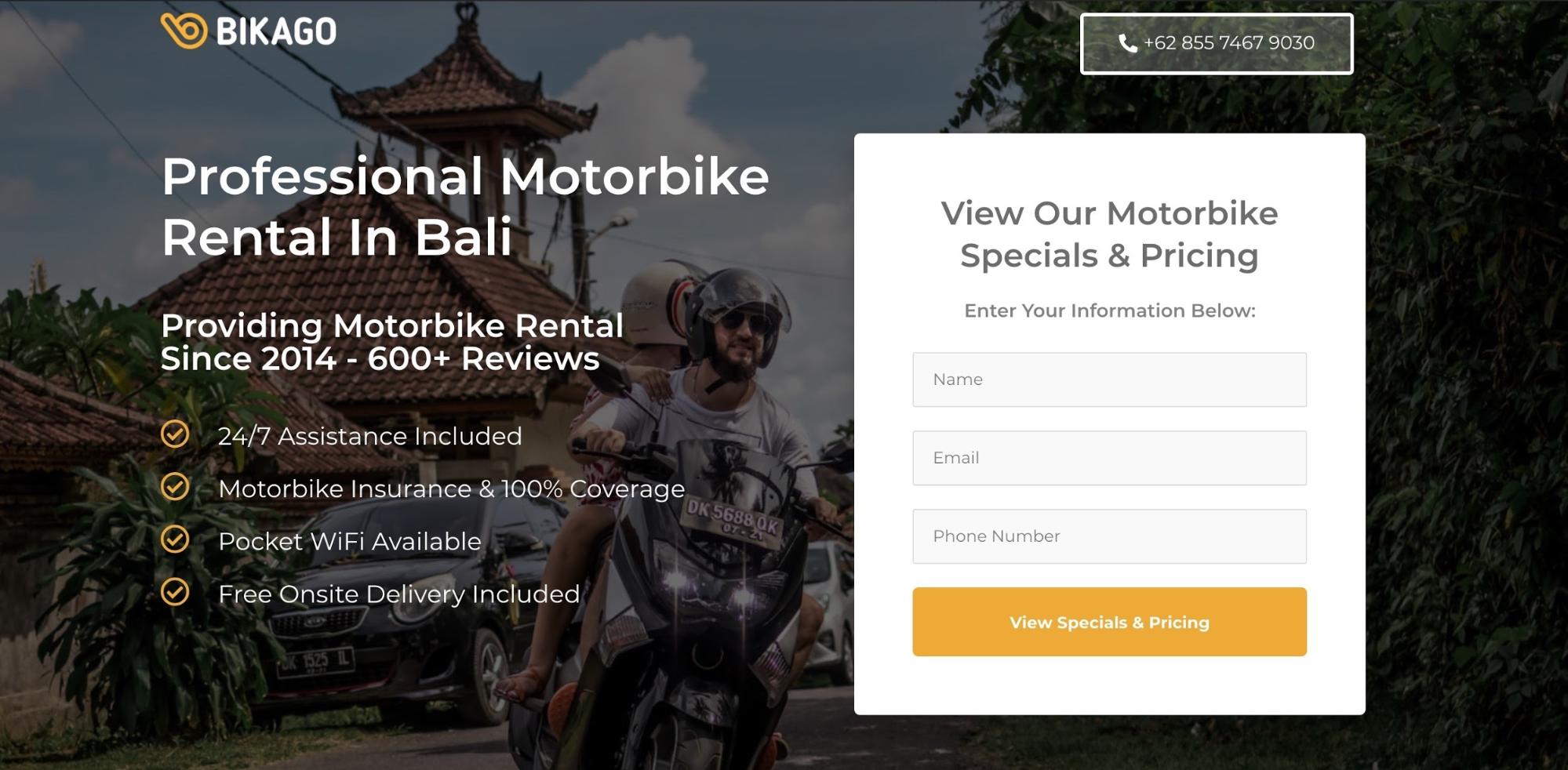
Product Page Best Practices
- Quality product images or videos
- Well written descriptions with bullets points
- Trust Badges (Secure Checkout, Reviews, Etc.)
- Large Purchase Button
- Desktop & Mobile Friendly
UGMONK does a great job of this.
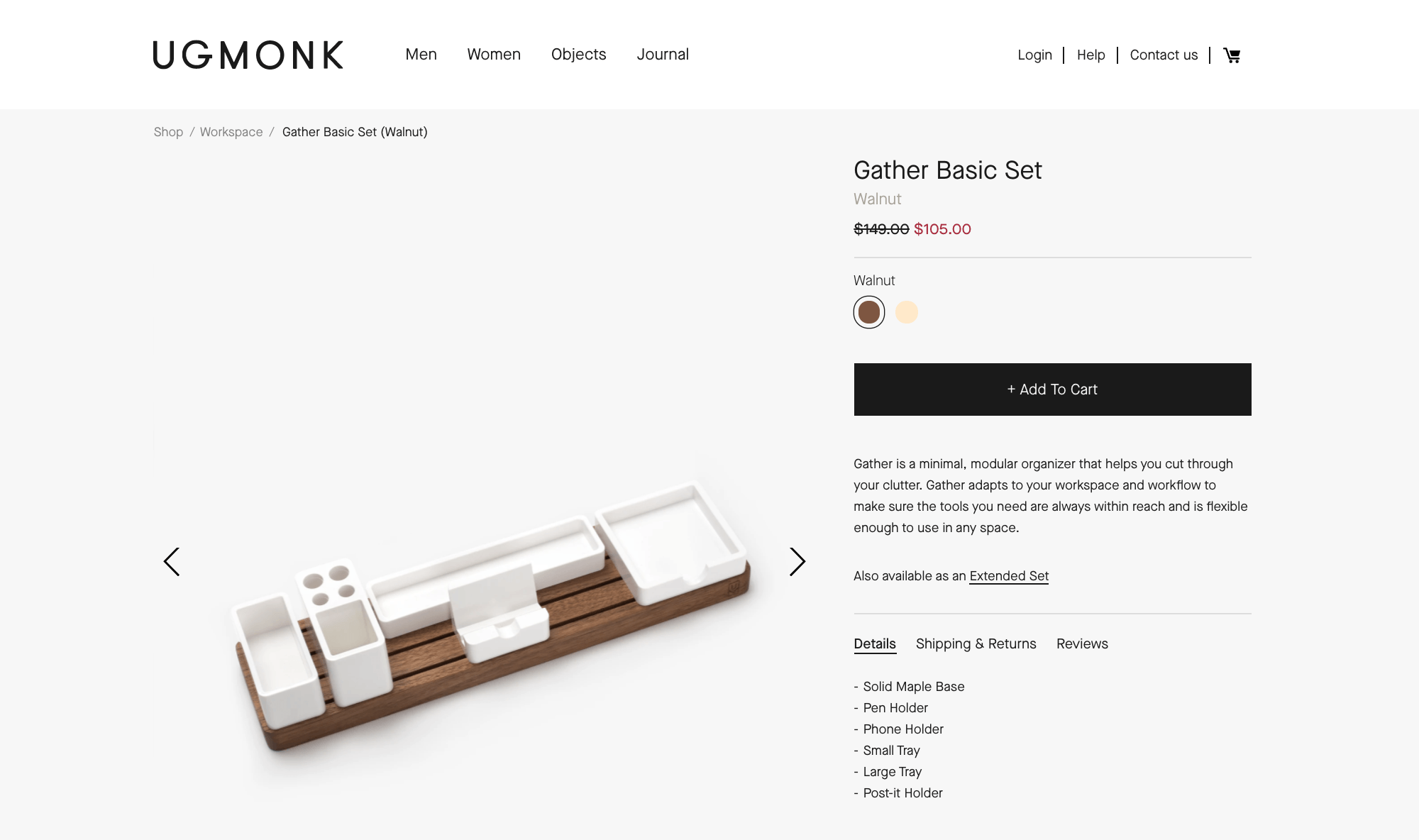
These are just the beginning but once again it covers the basics.
Conclusion
By using retargeting, you can automatically follow up with your website visitor and dramatically improve your conversions.
Want some help setting up retargeting for your site? Check out our service HOTH PPC where we do it all for you!



